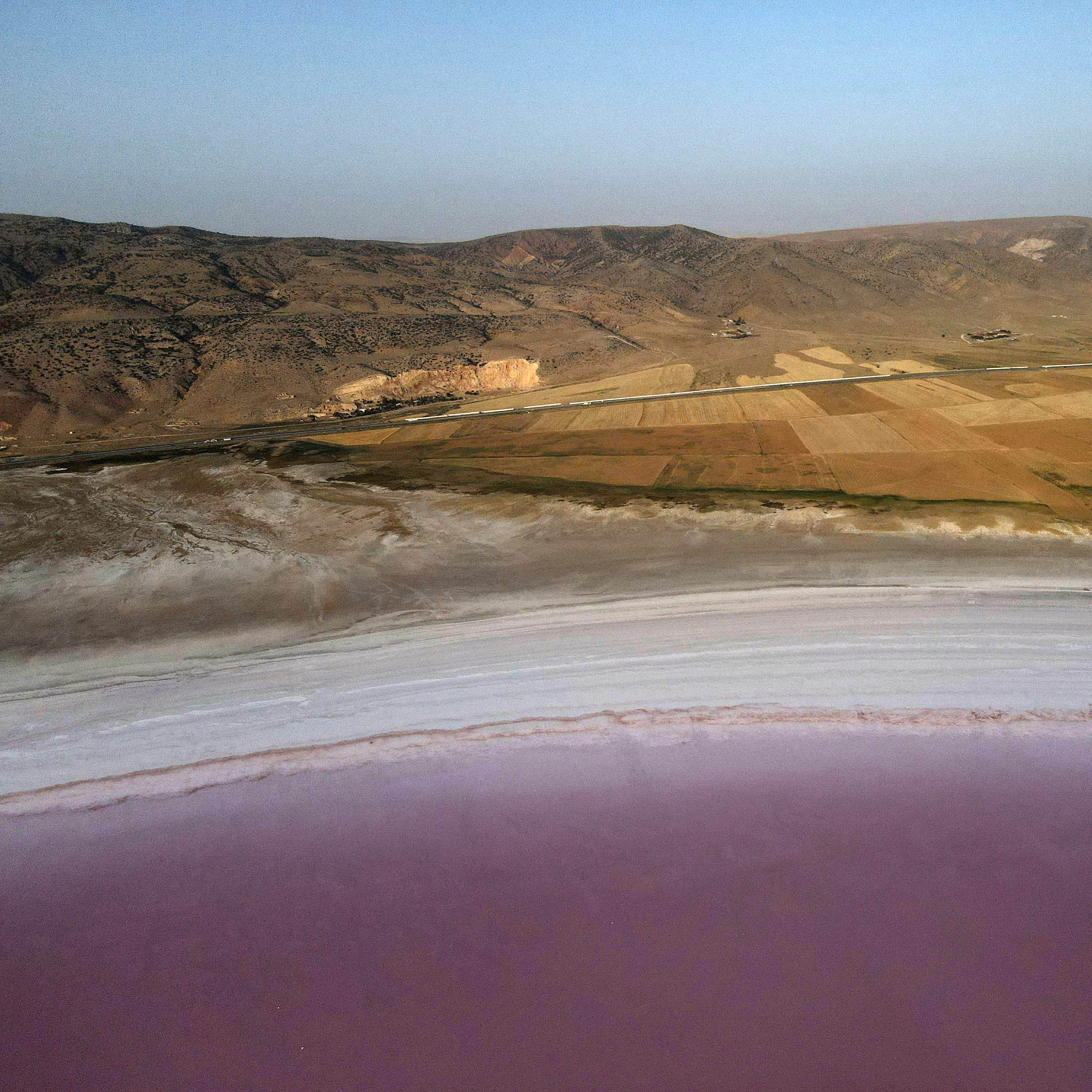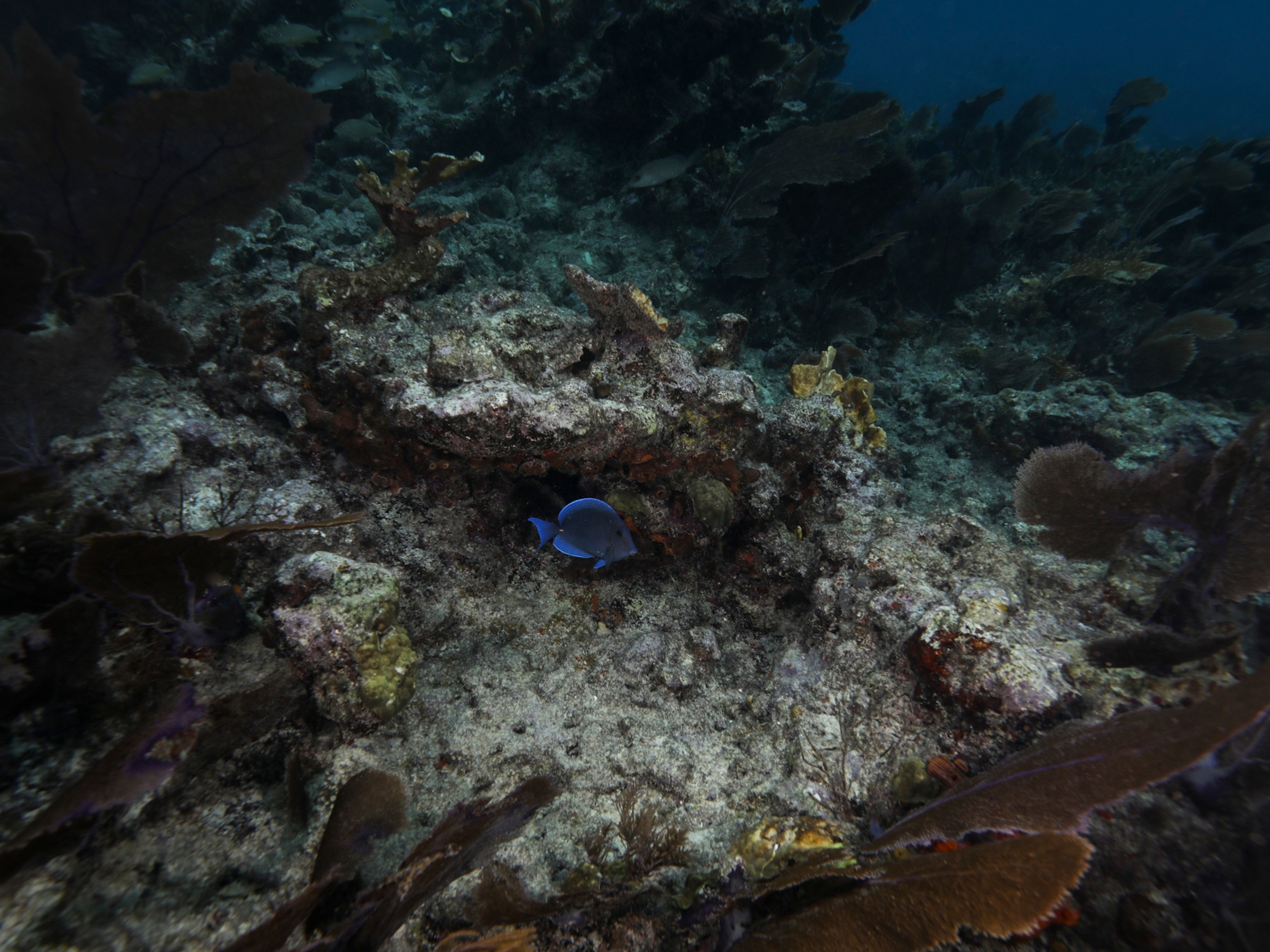
In Argentina’s ‘Land of Fire,’ photos reveal the beauty of bogs
Images from National Geographic photographer Luján Agusti document “magical” Argentine peatlands.
At the southernmost tip of South America, in a region known as Tierra del Fuego (Land of Fire), the Andes mountain range and pristine blue lakes create one of the most sought-after destinations for adventure-seeking tourists. But it’s the unassuming, waterlogged fields at the base of these majestic mountains that are now garnering attention as an environmental powerhouse.
Peaceful, empty, and silent, Tierra del Fuego’s peatland ecosystems are actually very busy: They provide habitat for wildlife and hold huge water reservoirs, as well as large stores of carbon.
Peatlands, like those found in South America’s remote mountain wilderness, have the potential to fight climate change—or accelerate it if they’re disturbed. Compared to all other ecosystems combined, peatlands comprise the largest stores of terrestrial carbon. Despite occupying just 3 percent of the world’s land, they store more than 30 percent of global carbon, according to the International Union for the Conservation of Nature. Already, an estimated 5 percent of annual global emissions comes from drained peatland.
While many of the peatlands in Tierra del Fuego remain pristine, they face a number of threats: proposed roads traversing the heavily touristed region; invasive animals such as beavers that dig holes through peat; and few legal protections to guarantee that they remain untouched by humans in the future.
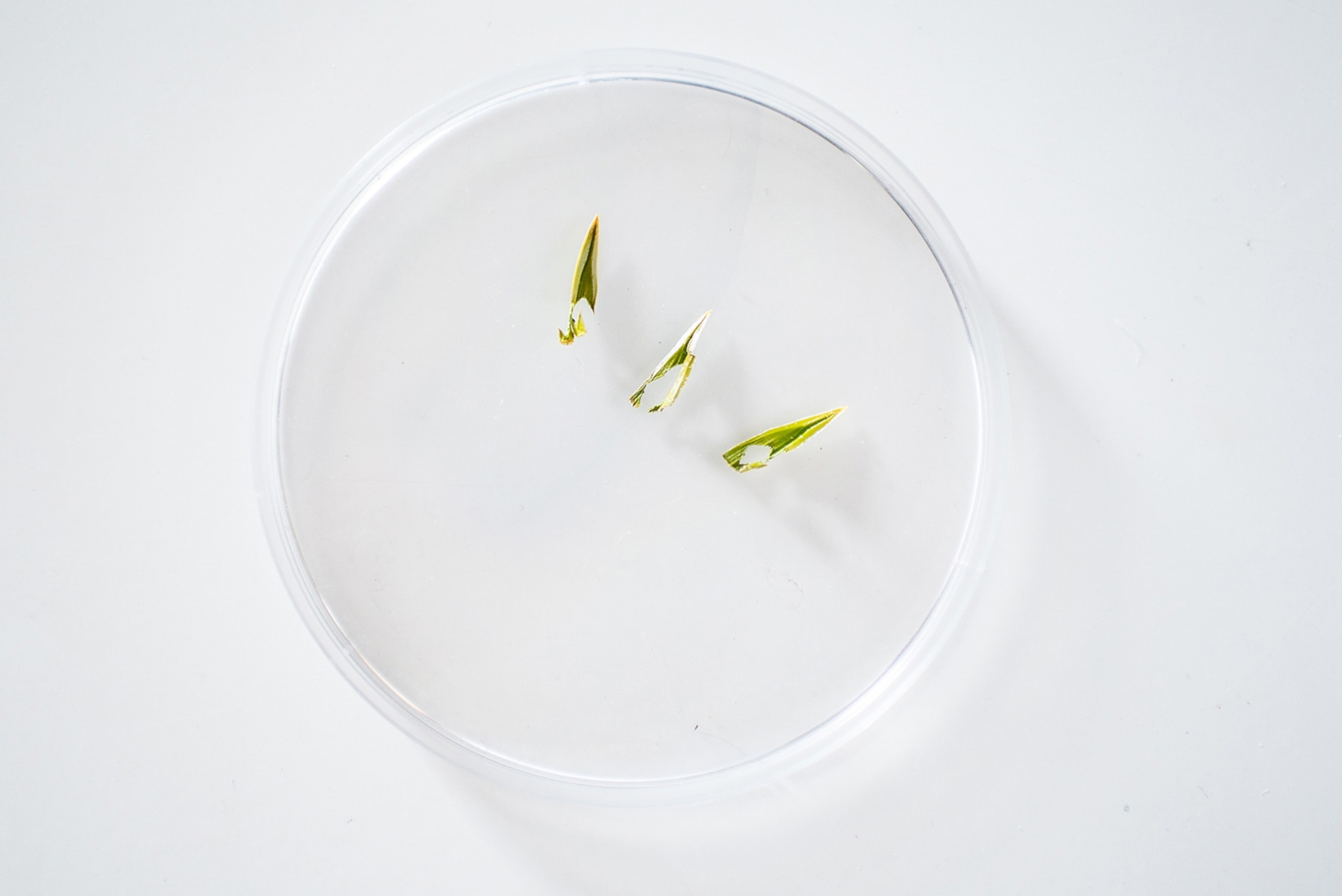
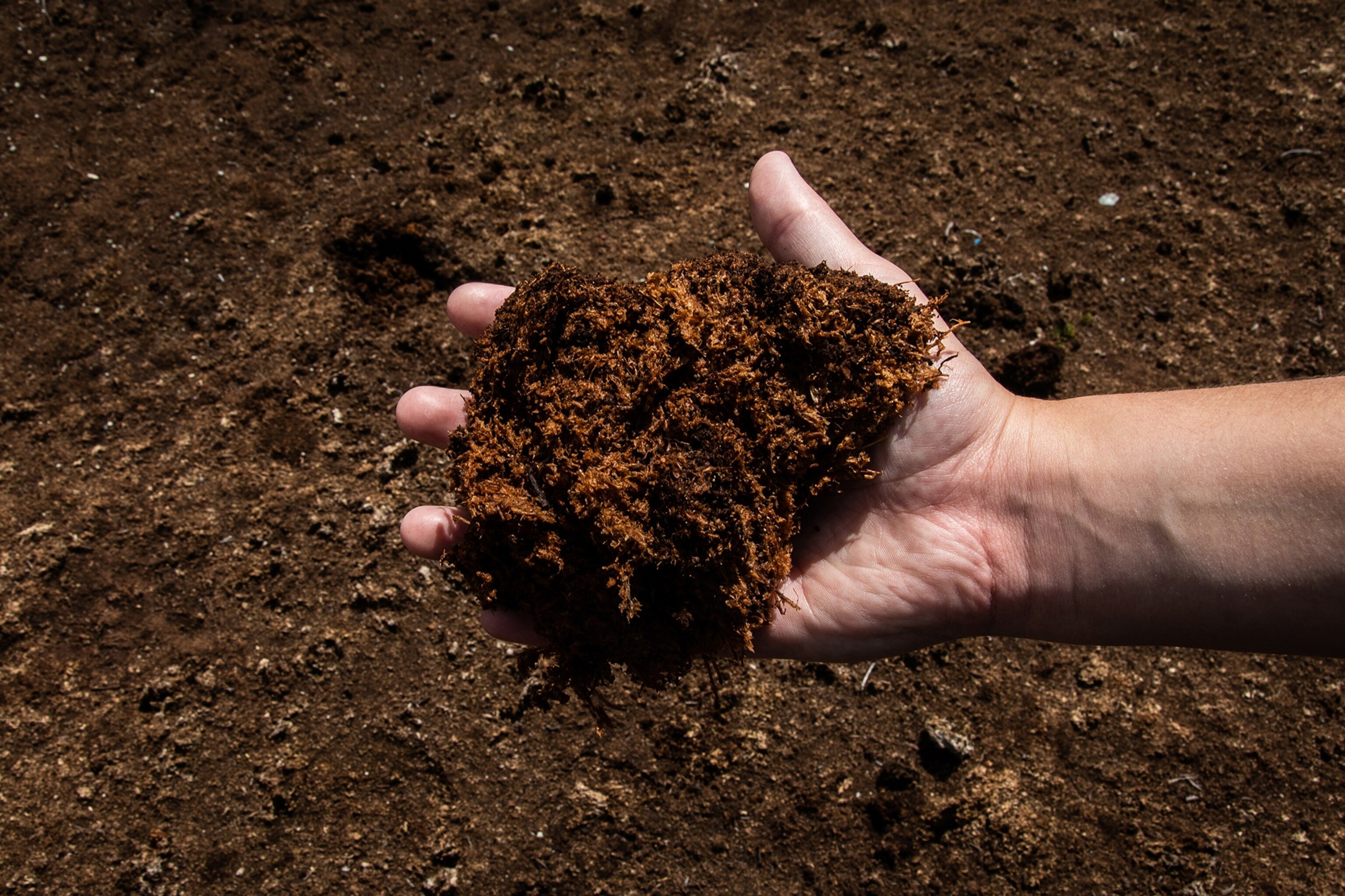
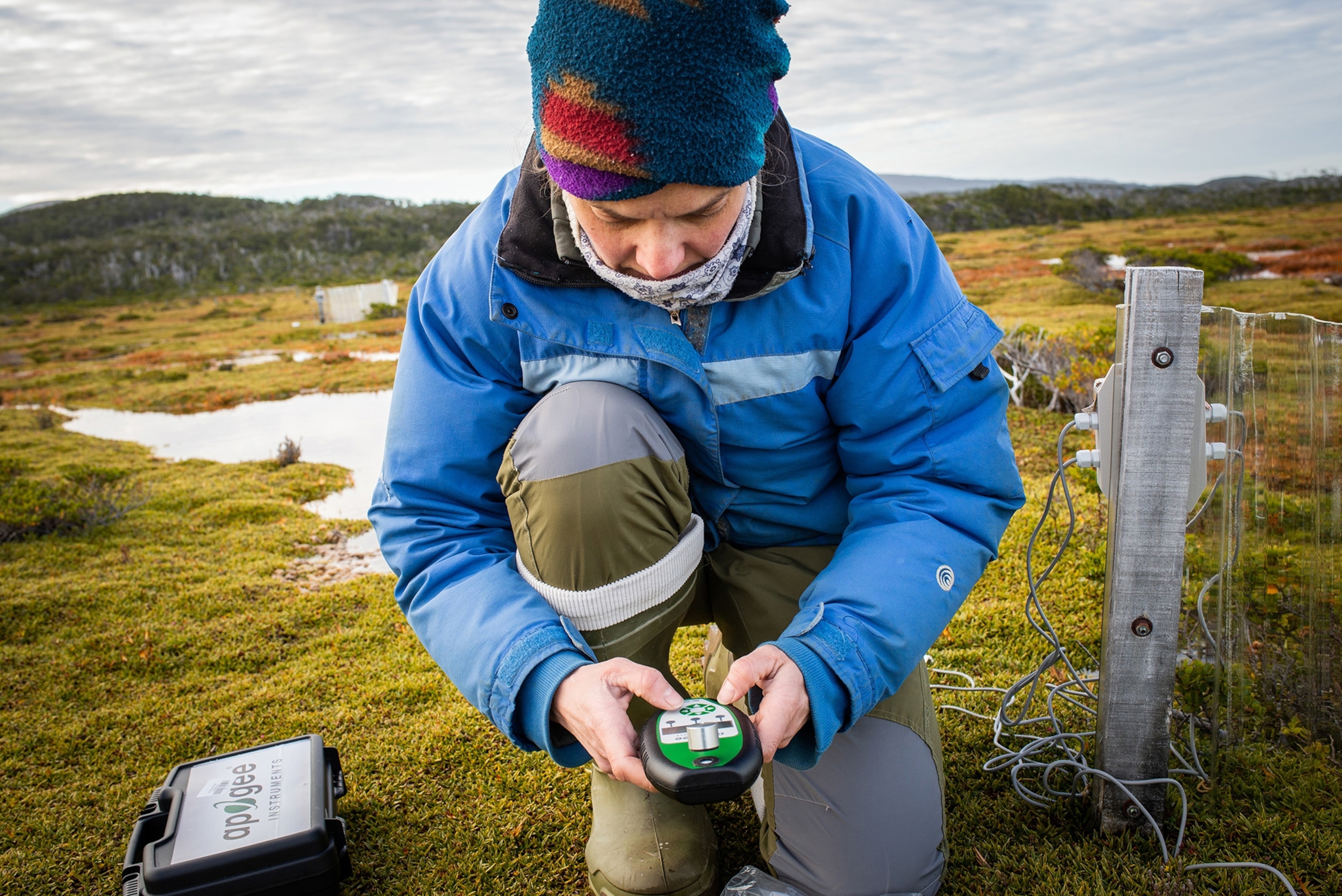
The largest of South America’s peat reserves—84 percent of the peatlands in Argentina—are found on a Tierra del Fuego peninsula called Peninsula Mitre. This year, Tierra del Fuego’s legislature will vote on a proposal to protect 926 square miles (2,400 square kilometers) of pristine peatland on the peninsula.
Like many of the world’s wetlands, their unassuming nature can mean they struggle to garner attention as ecosystems worth saving. Fifty-one years ago today, a global treaty called the Convention on Wetlands was officially adopted to help fight for swamps, bogs, marshes, and other ecosystems that comprise wetlands. But from 1971 to 2021, an additional third of the world’s wetlands were lost.
This year, World Wetlands Day, which commemorates the convention, is focused on action—committing financial, political, and human capital toward saving wetlands.
(This beloved Philippine marsh is in danger of slipping away.)
“People generally think peatlands are bleak and horrible places to be. It’s windy. It quite often rains, but if you actually look at the vegetation, I would argue they are really beautiful as well,” says Renée Kerkvliet-Hermans, an expert on peatlands at the IUCN Peatland Programme in the United Kingdom.
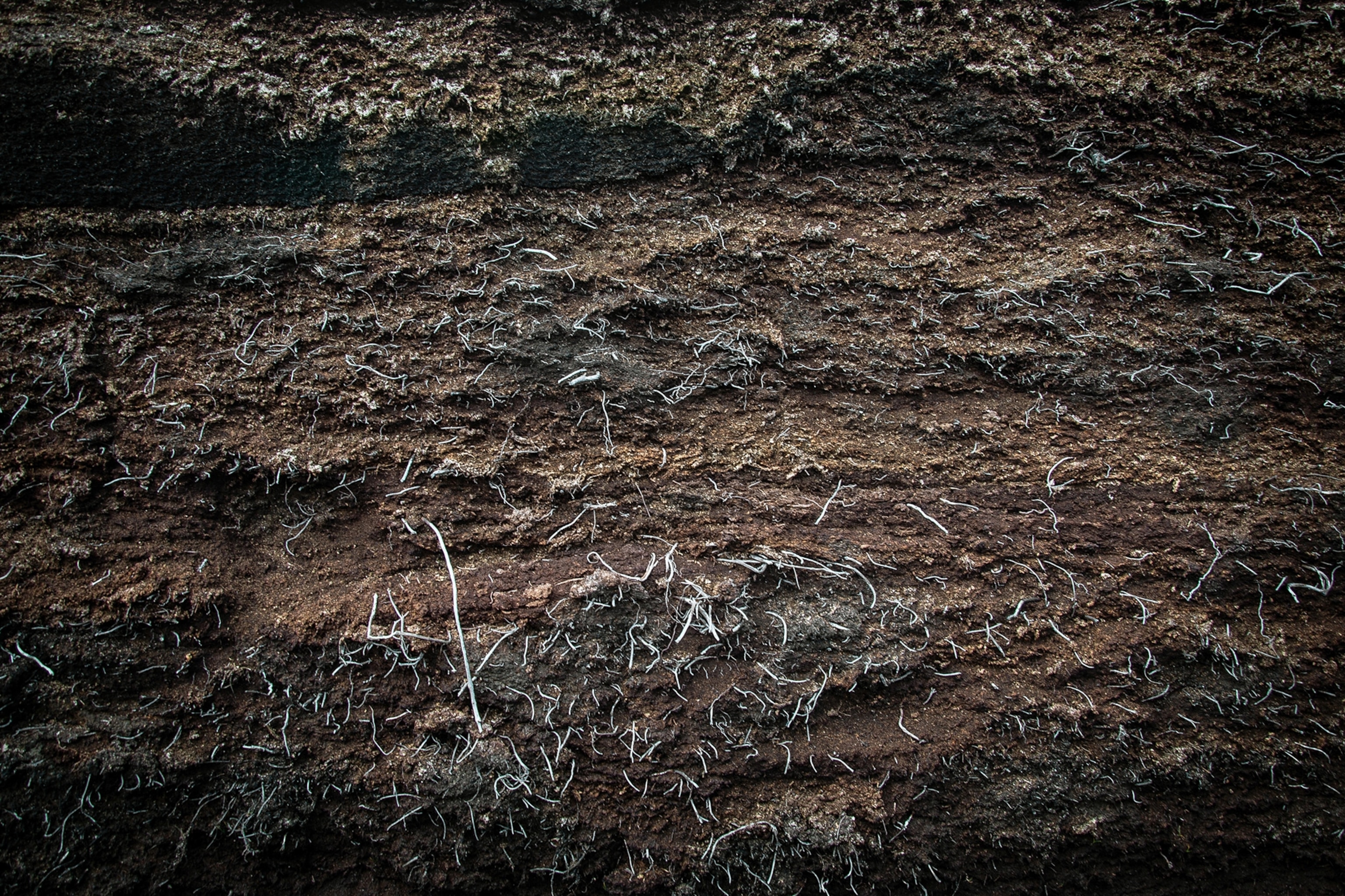
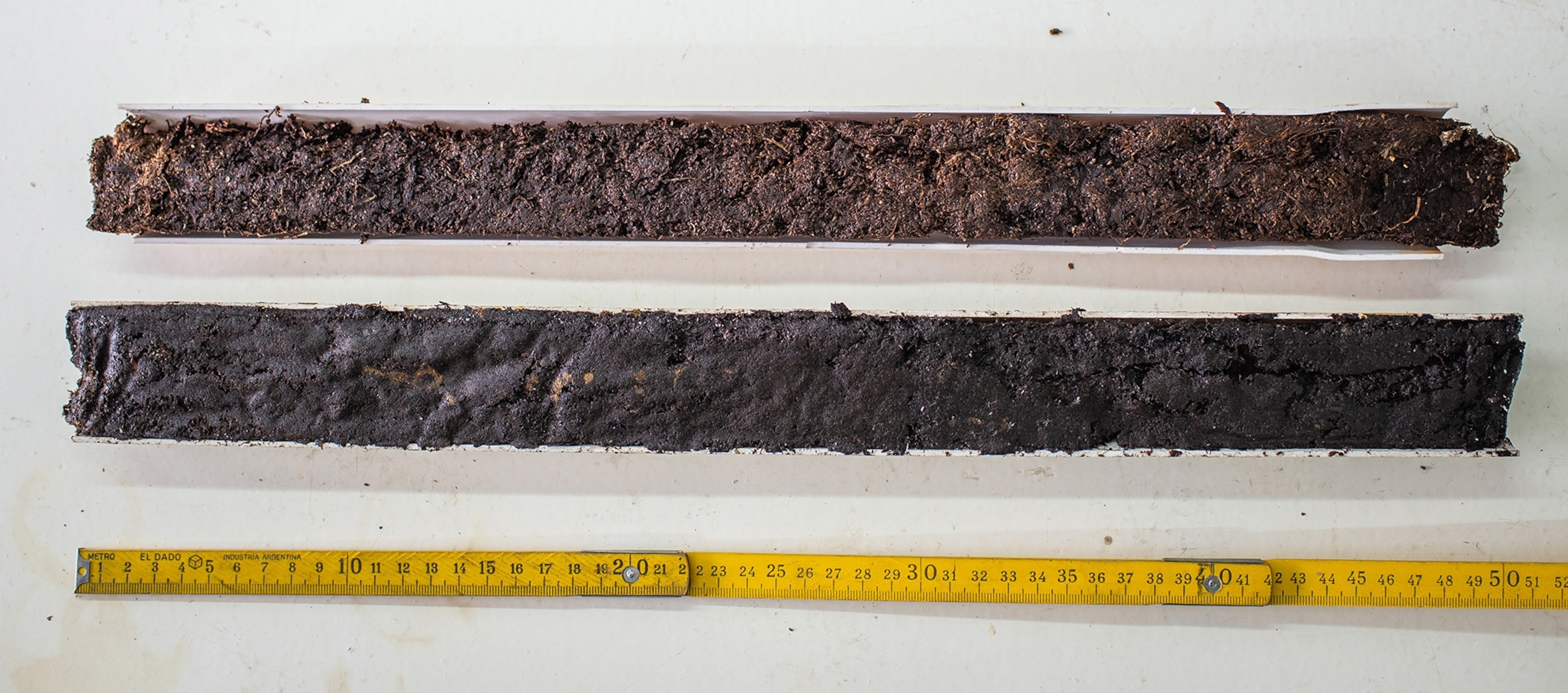
Archives of carbon and history
Peatlands accumulate their peat very slowly, growing gradually over thousands of years. A study on one peatland in Borneo found it dated back 47,800 years. Bogs are famous for their ability to preserve ecological records of pollen, seeds, ancient pottery, and human bodies.
Peat bog plants sequester and store large amounts of carbon dioxide from the atmosphere because they don’t entirely decompose in their wetland conditions.
In a dry ecosystem, like a forest floor, dead plants falling to the ground are exposed to oxygen, bacteria, fungi, and bugs that decompose them, releasing any carbon and nutrients it stored. However, in the waterlogged conditions of a bog, oxygen and nutrients are low, and acidity is high. All the agents of decomposition found in dry ecosystems are lacking or significantly reduced. The undecomposed plant material sinks to the bottom, accumulating year-after-year. As more plant material accumulates, that gradual compression increases peat thickness and increases the carbon stored within it.
Over thousands of years, it becomes a field of peatland, and over tens of millions of years, subjected to the right conditions, it may fossilize and become coal.
“Coal originally started off as peat. Over a very long time of fossilization and pressure, it fossilized and became stone, but its origin is peat. That’s why it has so much carbon,” says Jack Rieley, a peatland ecologist and a vice president of the International Peatland Society.
Like a tree storing carbon in its trunk over decades, peatlands contain densely packed stores of peat carbon submerged in wetlands. When peatlands degrade, either as a result of prolonged natural drought, or being drained to make way for agriculture, those tightly packed stores of carbon are suddenly released as carbon dioxide into the atmosphere.
“They can be really good for our climate but not when we degrade them,” says Kerkvliet-Hermans.“They emit more carbon than all our forests are sequestering in the U.K. That's why we need to restore them urgently.”
Increasingly, peatlands are being recognized as a powerful type of “nature-based” tool for fighting climate change. Along with managing forests and keeping soils healthy, keeping peatlands intact and restoring it where possible is one way environmental advocates say the world could mitigate climate change.
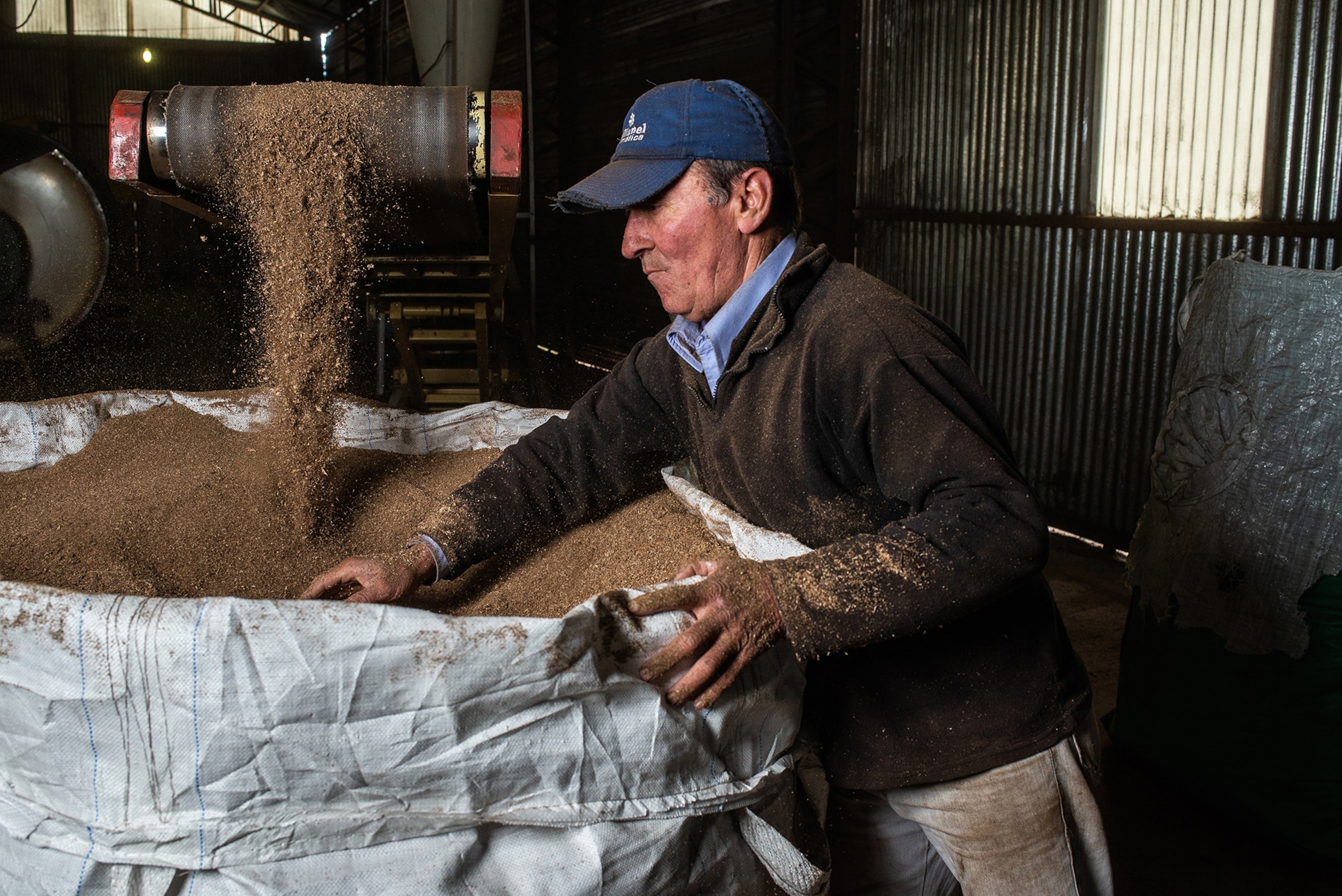
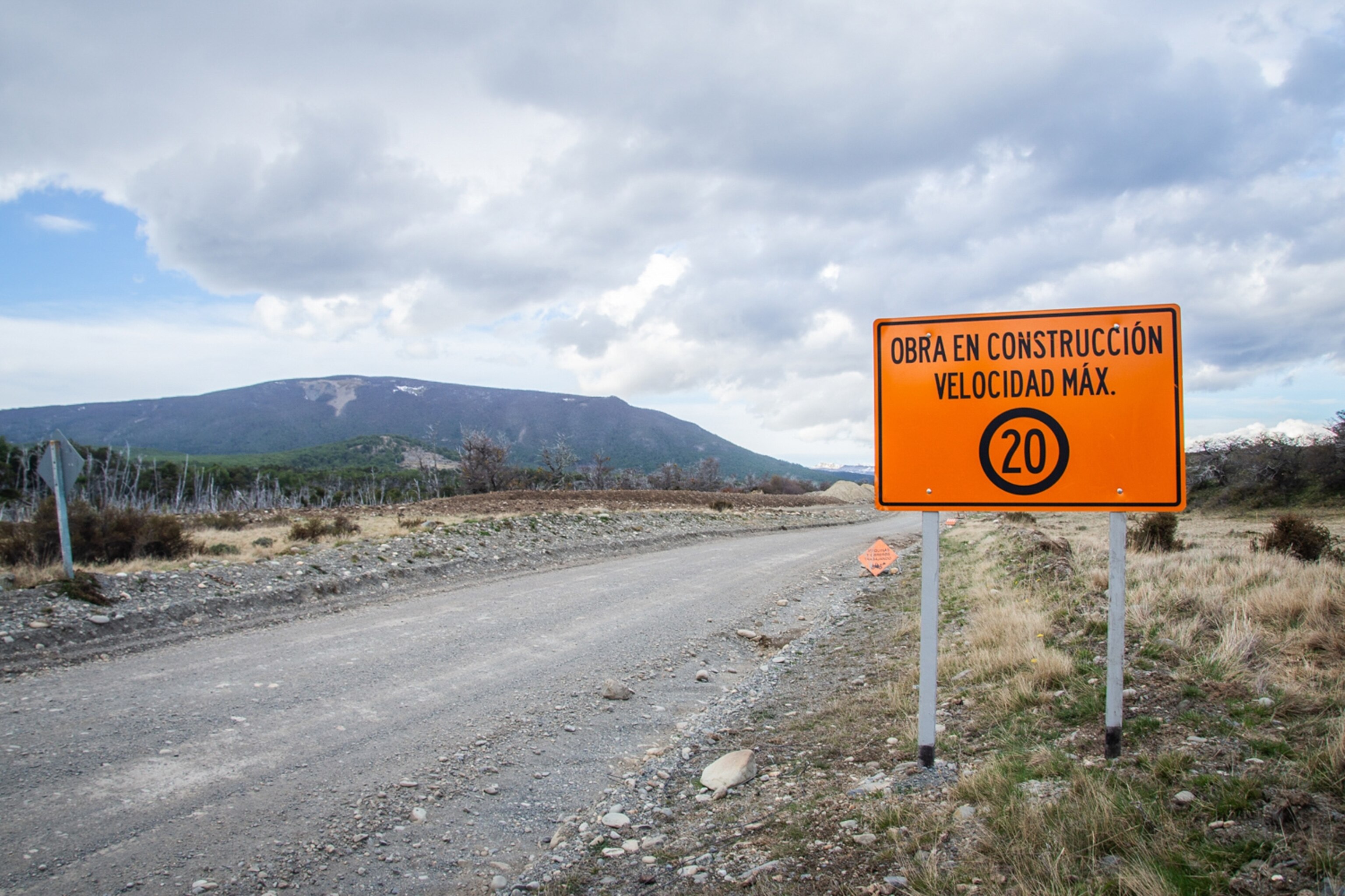
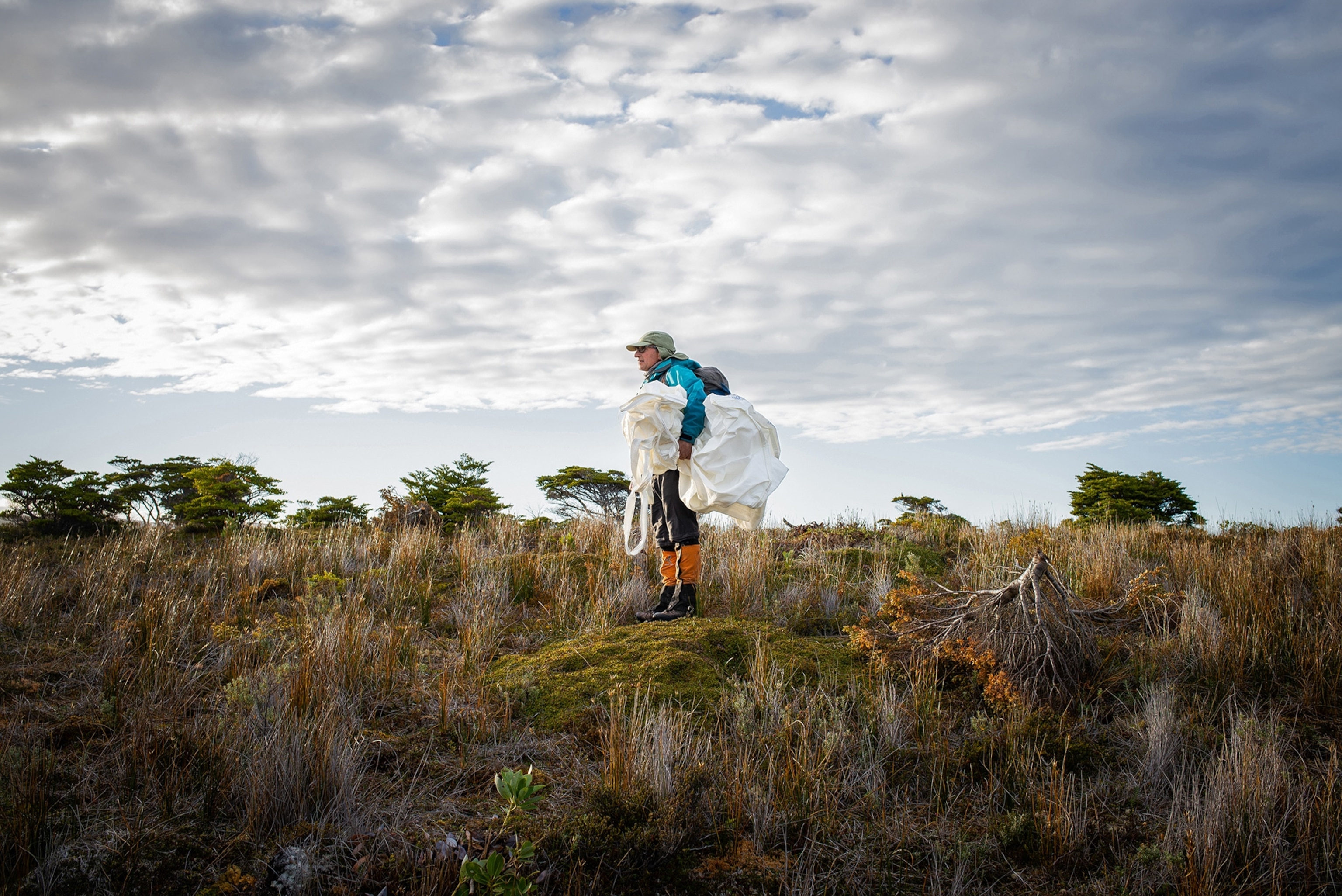
What can we do to conserve them?
Unlike towering forests or scenic meadows, peatlands’ perceived lack of charm means conserving and restoring them requires a public relations campaign.
“They used to be seen as wastelands,” says Kervliet-Hermans. “In the 1980s people still had the view that we needed to drain them and plant them with trees to make use out of them.”
(See photos of a vast prehistoric salt marsh hidden in Nebraska.)
Like many wetlands around the world, peatlands frequently have been drained of their water to make space for activities with more economic value, such as livestock grazing or oil palm plantations. In the past, many of the peatlands in North America and Europe were drained or burned for fuel. In southeast Asia, large swaths of tropical peatlands have been deforested, drained, and converted to plantations of lucrative oil palms. This large scale destruction has led to an increase in wildfires on degraded wetlands, a once rare disaster that now plagues Indonesia and neighboring countries yearly.
The country, which holds over a third of the world’s tropical peat, is now undertaking a $3 to $7 billion restoration project to restore 2.5 million hectares of peatland forest. A study published last December in the journal Nature Communications found that if Indonesia’s restoration efforts had been completed six years ago, the country’s deadly 2015 fires would have produced 18 percent fewer carbon dioxide emissions.
Vast stores of peatland in places like the Congo and the Amazon have recently been discovered and are vulnerable to exploitation. To develop them would be a dangerous mistake, says Rieley.
“I always maintain, as a conservationist, you should try to keep what you have. It is always costly to bring it back. It’s a waste of time; it's a waste of money,” he says.
Bogs can take hundreds of years to form and bringing them back to life is a complicated and expensive task, not least because they’re often remotely located. One project to restore a peatland ecosystem in the U.K. cost $2.7 million to restore just over 4,000 acres.
In Argentina, the peatlands in Tierra del Fuego are legally classified as minerals and so subject to potential mining, says Adriana Urciuolo, director of the Tierra del Fuego water resources office.
“The main challenge,” says Urciuolo, “is the lack of knowledge and conscience of the community and governments about the value of peatlands. Because of this situation, private interests on peatlands as minerals for extractive use, usually prevails over conservation efforts.”
The National Geographic Society, committed to illuminating and protecting the wonder of our world, has funded Explorer Luján Agusti’s work. Learn more about the Society’s support of Explorers.

